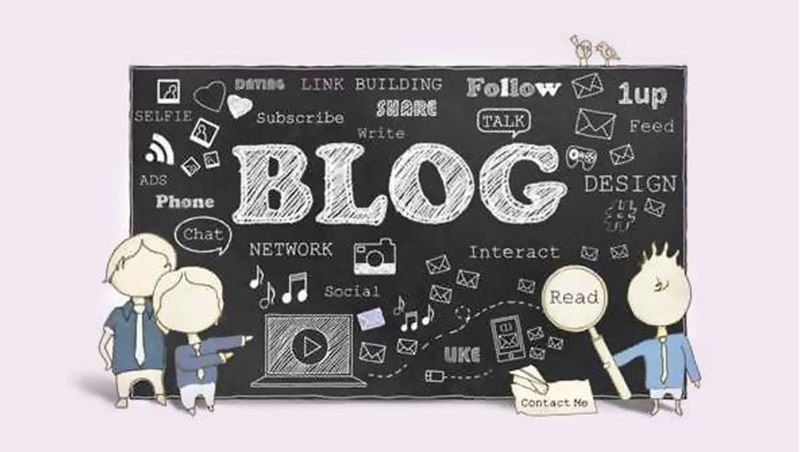- Delivery Method Online
- Professional Certificate
- 24hrs Suggested Study Time
- 3 Months Access
- Tutor Support
- Study On Any Device
- 3205 Students
Explore Blogging

Learn how to create your very own blog and add a podcast too using the tools that you already have available on your computer.
If you're thinking of starting a blog or just beginning one, this course is for you. Perhaps you'd like to try out podcasting too. You can and it's easy. In this course, you'll learn how to create, manage, and promote your own blog and audio and video podcast using tools that you already have on your computer—no paid software or equipment is needed.
You'll begin by developing a plan for the content, setup, and long-term maintenance of a blog, and then you'll use free blogging software like Blogger and WordPress to put that plan into action. After that, you'll learn how to record a professional-sounding audio podcast with a very simple recording tool you already have. You'll edit the file with another free software program, add music to it, and then post it online for others to enjoy. Your instructor will guide you through all these steps. Finally, you'll find out how to record a video podcast. You'll use pre-recorded video to learn the editing process, and then you'll apply what you've learned to your own video file. You'll edit it, add special effects, drop in a podcasting-safe music file, and then publish it online.
Through hands-on exercises, you'll discover the benefits of using free web tools like Blogger, WordPress, Audacity, and YouTube. Guided by an expert instructor, you'll find that creating a blog and podcast is much easier than you ever imagined. And by the end of this course, you'll be amazed how much you've accomplished.
Courses are delivered to you through expertly executed lessons, online instruction and interaction with like-minded students. Our courses are designed to deliver all of the benefits of studying in a classroom whilst giving you the flexibility to study at a time and place to suit your needs. You can access your classroom 24/7 from any device with an internet connection.
This course has a 3 month duration. You'll complete comprehensive lessons, quizzes and assignments before submitting your final exam at the end of the course to achieve your certificate. Courses must be completed within the 3 month access period.

Robin Sellers
Robin Sellers is a certified teacher with a Master of Arts degree with a concentration in Technical and Professional Communication. She has over 11 years of experience in the traditional classroom and has been an online instructor since 2000, trai... Read more
Read Robin Sellers's ProfileFrequently Asked Questions
What people are saying about our courses
The Learning Environment
From the moment that you enrol in the Explore Blogging you will become an integral part of our learning community. You'll find yourself with the freedom to learn at a speed that suits you, on any device, from anywhere in the world. Achieving your career goals no longer has to mean compromising family and work commitments.
Ready to get started?
Enrol NowOur Values
Learn At Your Own Pace
We believe in personalised learning. That's why we provide all the tools and support you need to succeed at your own pace. With flexible learning, you'll stay motivated and retain more information. Plus, you can balance your studies with work and family commitments to make your dreams a reality.
We Won't Break The Bank
Education should be accessible to anyone who wants to learn. That's why we offer some of the most competitive prices in the industry with payments plans for just $25 per week. Investing in your future is a smart choice and doesn’t have to break the bank.
Industry-Led Courses
There's no better way to learn than from experts with years of experience in your field. That's why each of our 200+ industry-led courses are designed to give you a real-life perspective on your industry. With our expert mentors, you'll learn from people who have a wealth of knowledge and experience, and who are passionate about sharing it with you.
Get The Personal Support You Deserve
At Vibe Learning, we're real people who are dedicated to providing you with personal support every step of the way. Our industry experts are not only professional and knowledgeable but also incredibly passionate about sharing their expertise with you. With their guidance, you'll gain invaluable insights and practical knowledge to help you succeed.
Still looking?
Check out the following courses related to Explore Blogging:



